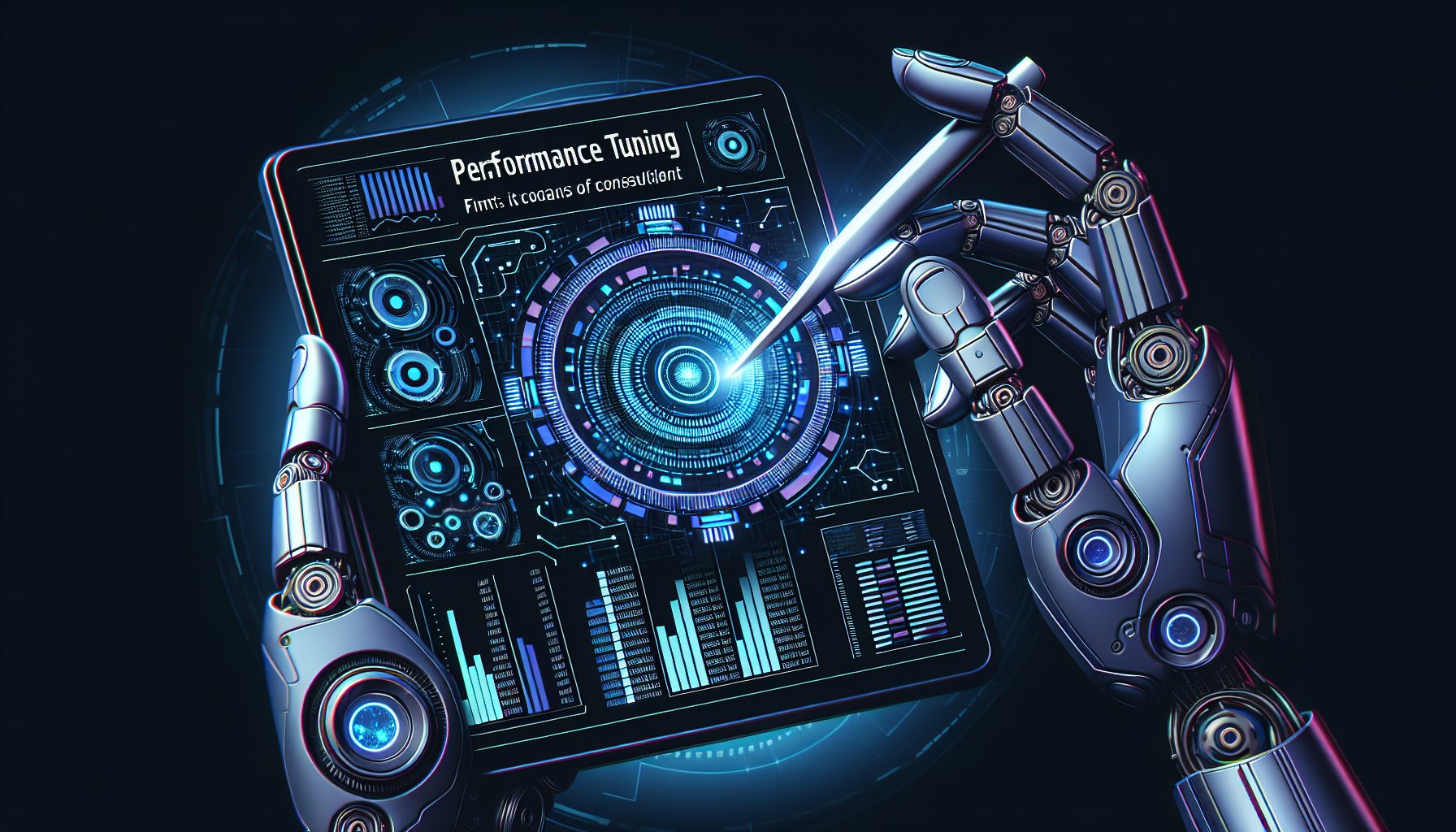Introduction
Welcome to the future of performance tuning, a realm filled with innovative tools, sophisticated strategies, and cutting-edge developments. As we navigate the digital landscape of 2025 and beyond, performance tuning has become a vital cornerstone for any IT professional or business. It's no longer just a technical requirement but a key business strategy.
The Era of Advanced Performance Tuning
The world of IT is always evolving, and performance tuning is no exception. As we witness the rise of technologies like quantum computing, AI optimization, and advanced cloud infrastructures, the approach to performance tuning has drastically changed.
Nowadays, performance tuning isn't just about increasing speed or reducing latency. It's about creating an optimized, efficient, and scalable architecture that can handle the growing demands of your business or application.
Quantum Revolution in Performance Tuning
One of the most exciting developments in the tech world is quantum computing. Imagine leveraging the power of quantum mechanics to solve complex computational problems within seconds that would otherwise take traditional computers years to solve.
# An example of a quantum algorithm
from qiskit import QuantumCircuit, transpile, assemble, Aer, execute
from qiskit.visualization import plot_histogram
# Create a Quantum Circuit
qc = QuantumCircuit(2,2)
# Apply Hadamard gate
qc.h(0)
# Apply CX (CNOT) gate
qc.cx(0, 1)
# Measure
qc.measure([0,1], [0,1])
# Execute
backend = Aer.get_backend('qasm_simulator')
job = execute(qc, backend, shots=1024)
result = job.result()
counts = result.get_counts(qc)
plot_histogram(counts)
AI Optimization for Performance Tuning
As artificial intelligence (AI) matures, its applications in performance tuning have become more apparent. AI can analyze patterns in data and make predictions, allowing it to detect system inefficiencies and potential bottlenecks before they cause issues.
# An example of AI optimization
import tensorflow as tf
from tensorflow.keras import layers
# Define a simple sequential model
def create_model():
model = tf.keras.models.Sequential([
layers.Dense(512, activation='relu', input_shape=(784,)),
layers.Dropout(0.2),
layers.Dense(10)
])
model.compile(optimizer='adam',
loss=tf.losses.SparseCategoricalCrossentropy(from_logits=True),
metrics=[tf.metrics.SparseCategoricalAccuracy()])
return model
# Create a basic model instance
model = create_model()
# Display the model's architecture
model.summary()
Cloud-based Performance Tuning
Cloud computing provides a scalable platform for performance tuning. By leveraging the cloud's elastic resources, businesses can optimize performance without investing in physical infrastructure.
# An example of cloud-based performance tuning
import boto3
# Create a client
ec2 = boto3.client('ec2')
# Start instances
ec2.start_instances(InstanceIds=['INSTANCE_ID'])
# Stop instances
ec2.stop_instances(InstanceIds=['INSTANCE_ID'])
Conclusion
As we navigate the digital landscape of 2025 and beyond, advanced performance tuning strategies will continue to evolve. By embracing these cutting-edge technologies and methodologies, businesses and IT professionals can ensure optimal system performance, scalability, and efficiency.
Remember, the future isn't just about speed; it's about creating an architecture that can handle the growing demands of your business and the ever-evolving IT landscape. So get ready to tune your performance for the future!
